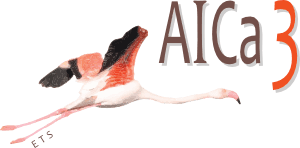Summary: Fourteen years ago, the first disease-causing mu- tation in a form of autosomal recessive limb-girdle muscular dystrophy was reported. Since then the number of genes has been extended to at least 14 and the phenotypic spectrum has been broadened. The generation of mouse models helped to improve our understanding of the pathogenesis of the dis- ease and also served to study therapeutic possibilities. All autosomal recessive limb-girdle muscular dystrophies are rare diseases, which is one reason why there have been so very few controlled clinical trials. Other reasons are insufficient natural history data and the lack of standardized assessment criteria and validated outcome measures. Cur- rently, therapeutic possibilities are mainly restricted to symptomatic treatment and the treatment of disease compli- cations. On the other hand, new efforts in translational research and the development of molecular therapeutic approaches suggest that more promising clinical trials will be carried out in autosomal recessive limb-girdle muscular dystrophy in the next several years. Key Words: Limb-girdle muscular dystrophy, sarcoglycan, calpain 3, dysferlin, dystroglycan.
Therapeutic Possibilities in the Autosomal Recessive Limb-Girdle Muscular Dystrophies
